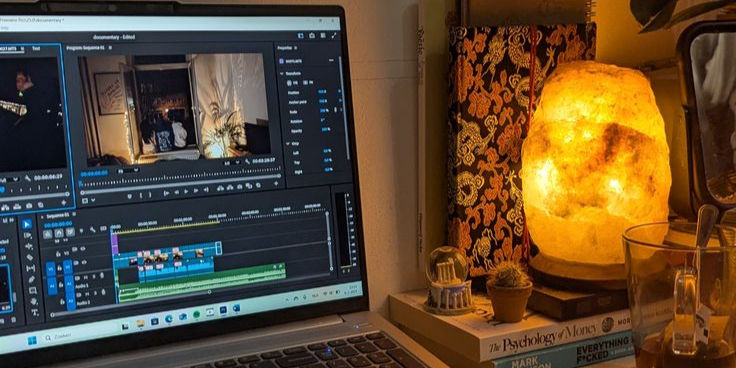The Glamorization of Retail Therapy
- ed2010pennstateuni
- Dec 3, 2024
- 2 min read

By Gracie Watkins
With the fall season coming to an end, the day after Thanksgiving heralds the start of the Christmas season. Black Friday has always been the immediate turnaround after Thanksgiving for companies to show thanks and give people discounts all while celebrating the heart of America: consumerism. It is every retail therapy shopper’s dream.
When people get dumped, fail a test or are just feeling down, you might think that’s when they’re most likely to splurge on a pint of ice cream – perhaps for a quick crying session on the couch. But the recent trend in our generation has been to shop – especially online. When we shop for new clothes, home décor or technologies, our brains perceive it as a reward and release the “feel good” hormone dopamine, that triggers an adrenaline rush and immediately uplifts our moods. This is precisely why shopping is often referred to as “retail therapy.” The trick to get a quick fix form the gloom of an extra depressing day can quickly become a compulsive behavior- ultimately costing people a lot more than they thought.
In the digital age, hassle-free access to online shopping around the clock can make it more difficult to resist shopping impulses, sending people down a destructive spiral with a few clicks. “I will online shop whenever I have a hard day after class,” says senior Grace. “Before I know it, every day is a hard day. It’s not even a reward anymore.”
A multi-nation study from 2015 found that one in twenty people struggle with a shopping addiction. Yet it’s a smiled upon addiction. Some people mistake online shopping for a luxury pastime. Still the act of compulsively shopping can bankrupt a person’s emotional life and their finances. “Oh, I am dead broke,” says sophomore Peyton as she combs her fingers through the Urban Outfitters rack. “But isn’t this top cute?”
If an addiction connotes a cry for help, the glamorization of shopping ensures the cry goes unheard. Alcohol and drug addictions scream, yet shopping barely musters a whisper. Consumeristic lifestyles are perceived as a measure of social status. To put it plainly, if you aren’t constantly buying the new microtrends that transform on the daily, you aren’t cool.
In a culture in which we’re bombarded by Pinterest trends across social media platforms, how can we possibly escape shopping’s sweet siren call?
That’s just the problem, we can’t






Comments